VW Volkswagen Polo 1994-1999 Haynes Service Repair Manual USED
VW Volkswagen Polo Service and Repair Manual 1994 - 1999 Haynes USEDGet Other VW Car Repair Manuals click hereGet Other VW Polo repair manuals click hereUSED hardcover 320 pagesVW Volkswagen Polo 1994 - 1999 Haynes Owners Service & Repair Manual covers: Hatchback including special/limited editions. Petrol Engines covered:
|
The Volkswagen Polo Mk3 is known as a third generation of the Volkswagen Polo supermini, made out of 1994 until late 1999 a lot of in 2000. Previously it was produced in two forms, the initial car (1994-2000) being referred to as a Mark 4 or IIII, as well as the facelifted version (2000-2002) referred to as Mark 4 Phase II or unofficially due to the fact Mark 3F or IIIF.
The third generation Polo (known internally for the reason that Typ 6N) was launched in September 1994, and must have been a completely new model/chassis because of the old Polo, although early versions used the engines with all the Mark 2. The Mark 4 was the very first Polo to always be made available as a five-door plus three-door hatchback; we were holding a built in 1995-1999.
The working platform used for this model used a modified version belonging to the floorpan of the Volkswagen Golf Mark 3, as did the SEAT Ibiza Mk2. A great number of mechanical parts as well as the suspension components were intechangeable associated with the three models. Even so the dashboard and a number of mechanical components, including engines, were shared with the Ibiza, outwardly the Polo models were entirely different with no body panels shared together with the SEAT model.
Initially, only three- and five-door hatchback versions were available. In 1995, four-door saloon ("Polo Classic/Sedan/Derby") and five-door estate ("Polo Wagon/Variant") versions were in addition to the product range - we were holding badge engineered versions belonging to the SEAT Córdoba (the saloon and estate versions of the Ibiza). We were looking at referred to internally by VW just as the Typ 6KV, and shared body panels because of the SEAT model instead of the hatchback models.
A convertible version was not produced, although a version with an electrically sliding full length sunroof, referred to as Polo Open Air, was available.
Initially the car was available together with the 1043cc putting out 45 PS (33 kW; 44 hp), along with the 1272cc putting out 55 PS (40 kW; 54 hp) engines originating from a previous generation Polo, plus a new 1598cc unit. A new 1.4L engine replaced the 1.3L in 1996. In 1997 the 1043cc engine was replaced by an all-new aluminium block multi-point injection 999cc developing 50 PS (37 kW; 49 hp). Traditional Sour Cream Party and Variant models featured a 75 PS (55 kW; 74 hp) or 100 PS (74 kW; 99 hp) 1.6L as well as a 64 PS (47 kW; 63 hp) 1.9L diesel. Used for the first time, a turbo-diesel engine (1.9L) was for sale in a Polo, although only from inside the 6K models. Because smaller engine bay, the more common 3 and 5-door 6N did not get themselves a turbo-diesel engine through to the facelift in 2000.
The Polo Mark 3 was much in a better position than its predecessor. A personal choice of models featured items for example , colour coded bumpers, heated/electrically adjustable mirrors, four speaker stereo, pollen filters, central locking, rear head restraints, split rear seats, fog lights, alloy wheels, air bags and similar matters. The car was available originally in four trim levels which range from the L at the end level of the scale during the entire CL and GL in the direction of range topping GLX model.
In 1994, the Polo SE or Special Equipment was launched. In line with the 1.4 L it featured a wide range of features from higher spec models for example the GLX bumpers, Sport Rader alloy wheels, tinted rear light clusters and clear indicators. The Mark 3 came up to the end of its production run in 1999 with another Polo Match.
Unlike the Volkswagen Polo Mk1 and Volkswagen Polo Mk2, trim levels were not similar across Europe; the United Kingdom's were L, CL, GL, GLX, 16v (later E, S, SE and GTi); models sold in Europe had trim levels which have been individual in direction of the country these folks were marketed in.
Sporting variants were not introduced initially, in addition to a supercharged G40 version of the Mark 4 was not ever made, but a GTI model introduced in 1995 catered for any of the hot hatch market. By having a limited production run of 3000 units, the 6N GTI was available only in continental Europe. Featuring a 1.6 16V 125 PS (92 kW) version associated with the unit who is going to later be perfectly located at the Mark 3F model, the actual vehicle came with 15" BBS alloys and may also sprint to 100 km/h (62 mph) in just 9.1 seconds. The 16V, introduced to replace the GLX, was one of the most popular Mark 3 versions with modifiers, it used a 1.4 16V unit pushed to 100 PS (74 kW) as standard. This car was not a pure sporting model, as outlined by a 0-100 km/h time of 10.6 seconds and also a 190 km/h (118 mph) top speed, ?t had been not you'd like the sporting Ibiza model (which used a 2.0 L 16V engine). The Polo GTI was often seen as over priced used for the performance it delivered.
In Europe, a special "Harlekin" or "Harlequin" model was released in 1995. The Polo Harlekin was an unusual edition featuring a multi-coloured body with each panel in a different colour: Flash red, Ginster yellow, Pistachio green and Chagall blue. It used precisely the same engines as regular Polos-only the colour associated with the panels was the main difference. Originally limited to 1,000, around 3,800 of the particular series were produced. There were 112 Polo Harlequins made which usually between 1996 to 1998. The breakdown of these figures is always that there initially were 103 sold active in the UK in 1996, 8 in 1997 and 1 in 1998. Approximately there were 74 polo harlequins left within the uk your wedding day end of 2010.
VW Volkswagen Polo Service and Repair Manual 1994 - 1999 Haynes 1995 1996

 0 Items (Empty)
0 Items (Empty)



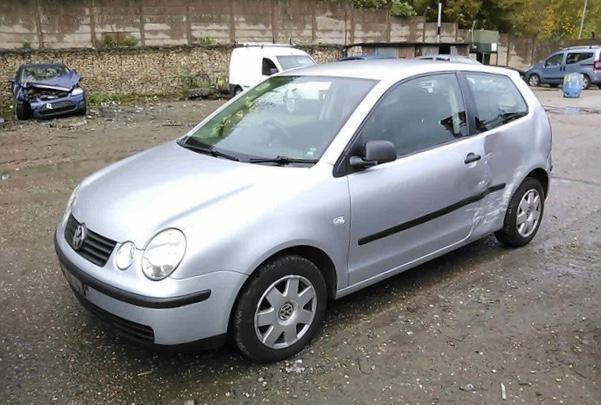
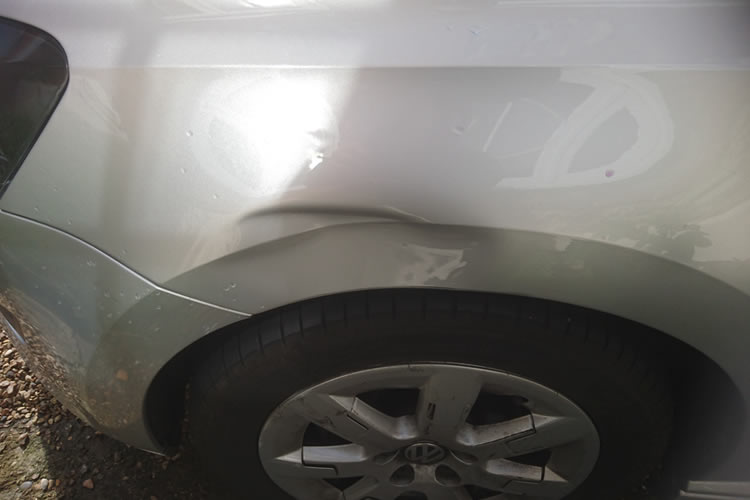
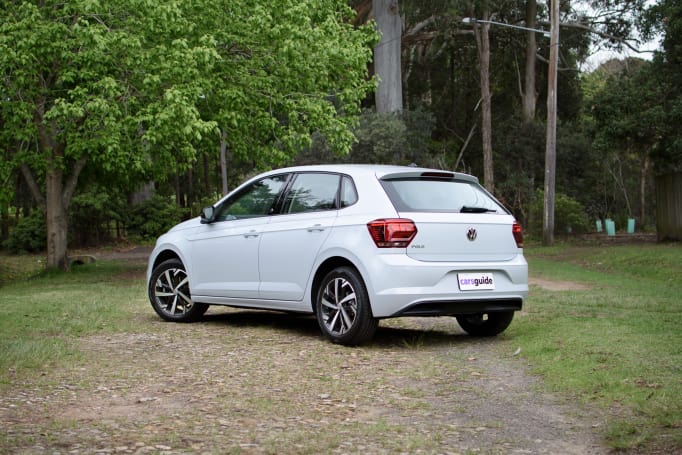
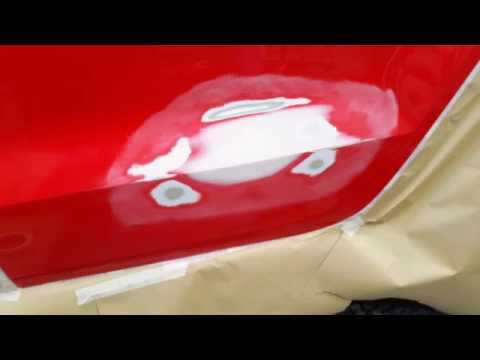
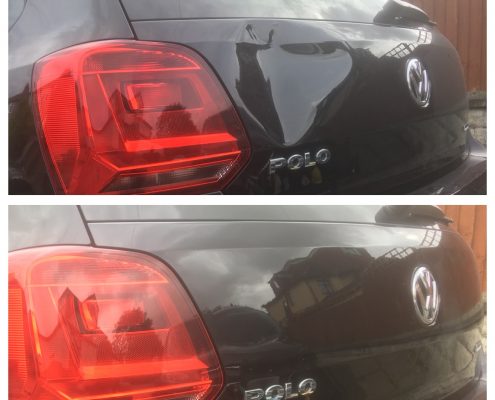 >
>